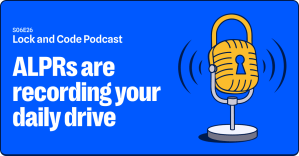School is fully back in session for kids all across the world, and for many students, that means logging back online to learn, do homework, submit assignments, and maybe even continue some distance learning, depending on their school’s pandemic precautions.
But with more Internet activity comes likely more stress for families who, understandably, worry about how to keep their children safe online. Thankfully, there are countless guides for children’s Internet safety—not to mention Malwarebytes Labs’ own comprehensive guide—but many of those guides, through no malicious intent, assume a similar skill level for all children.
But what about children with special needs?
How do you teach strong password creation for children with learning disabilities? How do you teach children how to separate fact from fiction when they have a different grasp of social cues? And how do you make sure these lessons are not only remembered for years to come, but also rewarding for the children themselves?
Today, on the Lock and Code podcast with host David Ruiz, we speak with Alana Robinson, a special education technology and computer science teacher for K – 8, about cybersecurity trainings for children with special needs, and about how, for some lessons, her students are better at remembering the rules of online safety than some adults.
“I teach 100 students, 10 classes, [and] I used not a very strong password for every student in this one class … and I said ‘By the way, everyone has this [password],’ and they’re like, when I said everyone has this same password, they’re like ‘Oh no no! That’s not a strong password, oooh’ and they literally let me have it.”
Alana Robinson
Tune in to hear all this and more on this week’s Lock and Code podcast, by Malwarebytes labs.
You can also find us on Apple Podcasts, Spotify, and Google Podcasts, plus whatever preferred podcast platform you use.









